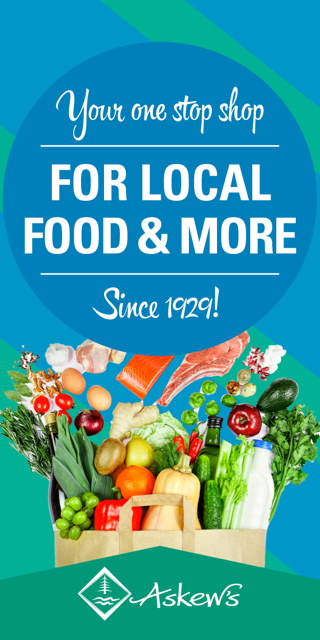
Part six in the visionary series about a best-case scenario future
The current trend of social isolation and virtual interactions began to reverse after the shock of sudden sea rise when the Antarctic glacier slid into the ocean. People realized the importance of finding joy within their own region, rather than focusing on commercialized entertainment, more screen time and travel. As every community in the Shuswap expanded in size, so did the opportunities for social engagement.
Thirty years from now, there are many more community centres that are busy daily with club activities, meetings, potlucks, music events, theatre and exercise, yoga, dance, acting and music classes. Local schools are integrated with these centres and students join with other members of the community to participate in events and help share the workload. In the summers, local parks are filled with outdoor concerts and dance, along with sports and recreation.
Neighbourhoods are friendly places with block parties, tool and vehicle sharing services, community gardens and potlucks. Building trust between neighbours is important for climate change adaptation as they are better able to help look after each other during extreme weather events.
There are more extended families living under one roof, allowing for grandparents to help with raising the children, as was the case prior to the twentieth century. As a result, the need for social services has declined, along with crime and alcohol and drug use. Cooperative living is popular in both urban and rural settings, where group living can add more joy through music, dance, theatre and storytelling, especially for single people.
Long bus rides for students have been eliminated long ago, as when the population number increased, many more high schools were built to accommodate the larger number of students. Outdoor learning is part of the curriculum and students spend as much time outside as they do inside. Education is integrated into society, so that students spend part of their class time learning real skills in the workplace as apprentices.
The curriculum has changed to reflect the huge challenges facing humanity due to the rapidly warming climate. Students study local history and geography, and every subject includes lessons and assignments that relate to the Shuswap region. The quest for developing better tools, systems and strategies for both climate change adaptation and mitigation dominates the agenda.
Post-secondary studies no longer required moving to a larger centre when Thompson Rivers University set up a satellite university in Salmon Arm. The Secwepemc University has three campuses. In the city, the Arts campus is connected to a large performing arts centre where students share the stages with local musicians and actors, as well as touring groups. Thanks to this facility and its faculty, the city has a symphony orchestra, novels have been published by graduates, full length films and documentaries are produced, public buildings and offices are filled with artwork, sculptures grace local parks, murals cover many walls, and the Shuswap has become famous for its focus on art and culture.
The Agricultural Campus is located in the Salmon Valley, where students learn how to organically farm using sustainable practices that improve the soil and help absorb carbon. Research is ongoing into improving yields without chemicals, developing new varieties of crops and finding better ways to cope with pests, diseases and harsh weather.
The Dr. Mary Thomas campus is located by the Salmon River at Switzmalph and focuses on Indigenous studies that include land stewardship, native foods and medicine, spiritual connections to the land, linguistics, ancient history, cultural heritage and crafts. Graduates use their skills and expertise to better honour Indigenous knowledge within local culture, thus helping to improve the level of understanding and appreciation of the Secwepemc world view.






